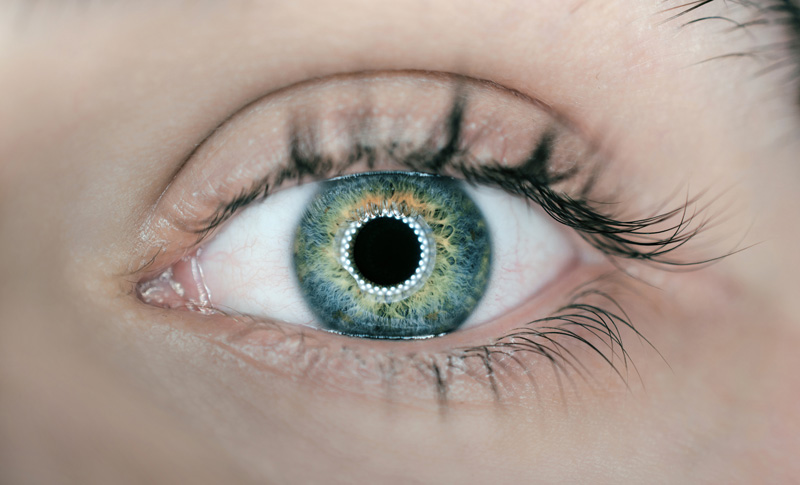
Did you know that sight was an essential meaning for the human being, since it is the one that sends back to our brain information about the outside world? Indeed, 70% of the information we receive goes through vision. On the other hand, sight is a vital meaning for basic learning such as reading or writing.
Sight is therefore the sense we most seek, which passes through an organ called the eye. The human eye can be compared to a camera (in a much more complex and sophisticated version): it perceives lights, colors, and shapes, allowing us to capture images and send them back to our brain through the optic nerve and therefore, interpret the outside world, the environment in which we are, and interact with other individuals.
This organ is a globe weighing 7 to 8 grams, containing a diameter of about 2 centimeters, with several components essential to its proper functioning:

As we have seen the functioning of our eyes and the importance of each of these components, we understand that our eyes are strategic and complex bodies. If one of these components does not function properly, the view of an individual may be disturbed, as well as his interaction with the environment in which he/she is. It is why different disorders of vision can arise, such as myopia, hyperopia, astigmatism, and presbyopia, with the consequences and the symptoms that follow. These vision disorders lead to blurred vision, which will not allow a clear vision.
That is why solutions exist to address them and allow individuals to see better and thus live better in the surrounding environment. Precilens offers solutions in night lenses (orthokeratology), tailor-made contact lenses so that everyone, whatever he or she may be, can live and see freely, without the need for visual equipment during the day (glasses or contact lenses), as someone who has never experienced a vision disorder.


